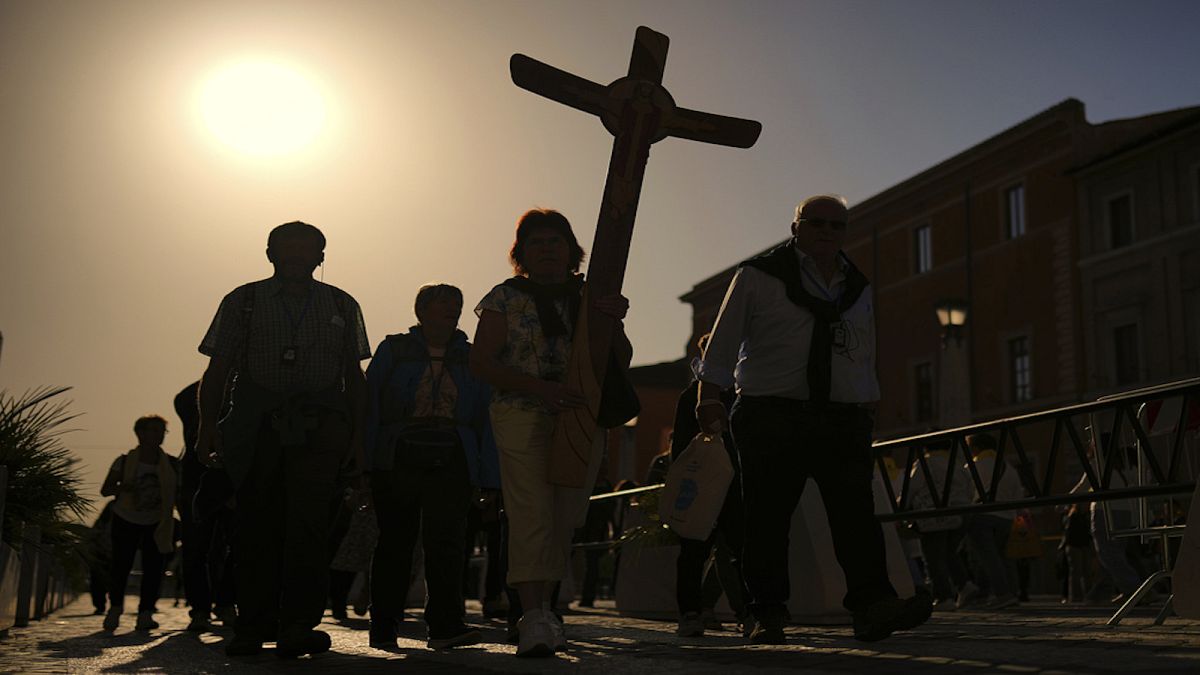The Messi vs Ronaldo Era: A La Liga Legacy

From 2009 to 2018, La Liga was the epicentre of football’s fiercest individual rivalry. Lionel Messi and Cristiano Ronaldo, playing for Barcelona and Real Madrid respectively, transformed the Spanish league into a global spectacle. Their duel was relentless, their dominance unprecedented, and their legacy enduring.
Contrasting Styles, Equal Impact
Messi’s game was rooted in Barcelona’s identity. Developed at La Masia, he represented continuity and vision, weaving into the club’s philosophy of controlled possession and incisive movement. His playmaking, dribbling, and ability to see space before it opened up made him as effective in the build-up as he was in front of goal.
Ronaldo, by contrast, brought a more direct and explosive approach. Signed from Manchester United in 2009, he redefined what a wide forward could do. His power, speed, aerial ability, and unrelenting goal focus turned him into one of the most lethal finishers the league has ever seen. He was the embodiment of efficiency and drive.
Statistical Dominance
The numbers from their time in Spain speak for themselves.
-
Messi:
-
La Liga appearances: 520
-
Goals: 474
-
Assists: 192
-
All-time La Liga top scorer
-
-
Ronaldo:
-
La Liga appearances: 292
-
Goals: 311
-
Assists: 95
-
Fastest to reach 200 goals in league history
-
They shared ten Ballon d’Or titles between them during their overlapping years in Spain, a testament to how their brilliance left no room for a third candidate at the summit of world football.
Impact on El Clásico and Global Viewership
The rivalry fuelled a new intensity in El Clásico fixtures. Matches between Barcelona and Real Madrid were already high-stakes affairs, but the added layer of Messi vs Ronaldo turned them into unmissable global events. The footballing world stopped to watch, and broadcasters capitalised.
Between 2010 and 2018, viewership figures for Clásicos frequently exceeded those of Champions League finals. Their presence helped La Liga to market itself as the league of stars, securing international broadcasting deals and expanding its fanbase across Asia, Africa, and the Americas.
Influence on Club Strategies and League Balance
Both clubs shaped their squads around these players. Barcelona’s fluid attack was calibrated to maximise Messi’s influence, with players like Xavi, Iniesta, and later Suárez working in harmony with him. Real Madrid, under several managers, adapted systems to exploit Ronaldo’s precision and range, from Mourinho’s counter-attacking side to Zidane’s balanced structure.
Meanwhile, other La Liga sides were left to find ways to contain them. Tactical innovations, deep defensive lines, and specialised man-marking schemes were employed with mixed success. The sheer focus on these two players had a knock-on effect on how the rest of the league approached their fixtures.
End of an Era
Ronaldo’s departure in 2018 marked the beginning of the end. Messi remained for three more seasons before leaving for Paris in 2021. In their absence, La Liga has faced the challenge of rediscovering its competitive and commercial balance. Attendance figures dipped. Viewing numbers declined. And while the league retains strong teams and historic clubs, it no longer commands the same global pull.
Legacy
The Messi-Ronaldo rivalry changed how football was perceived. They pushed each other to extraordinary heights, never allowing complacency to set in. Their legacy is not confined to records or trophies but to a sustained level of excellence rarely seen in sport.
La Liga, during their reign, was the focal point of football’s golden age. No scriptwriter could have engineered such a narrative. It happened because two generational talents happened to meet, in their primes, on opposite sides of Spain’s greatest divide.
What's Your Reaction?
 Like
0
Like
0
 Dislike
0
Dislike
0
 Love
0
Love
0
 Funny
0
Funny
0
 Angry
0
Angry
0
 Sad
0
Sad
0
 Wow
0
Wow
0






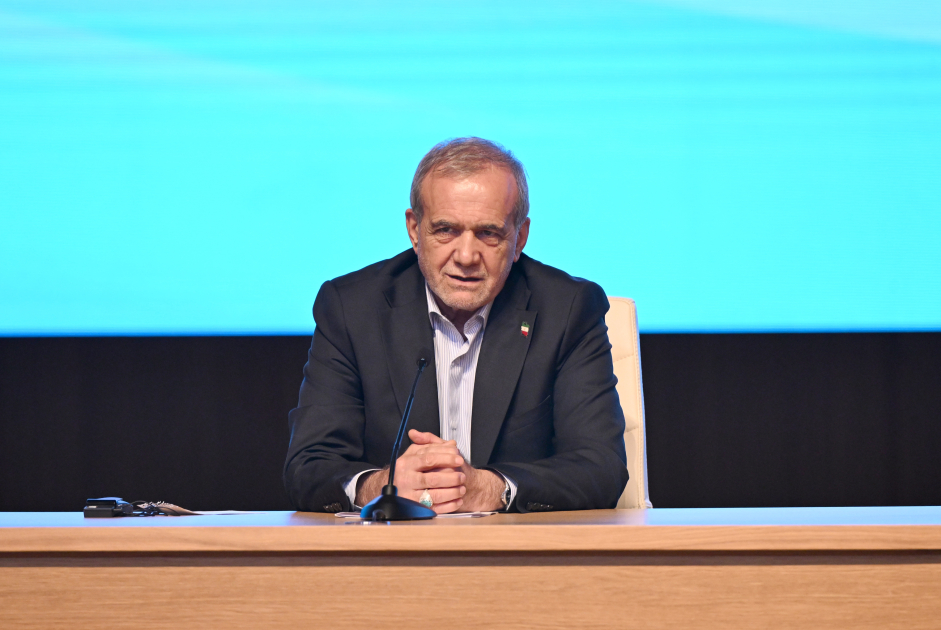
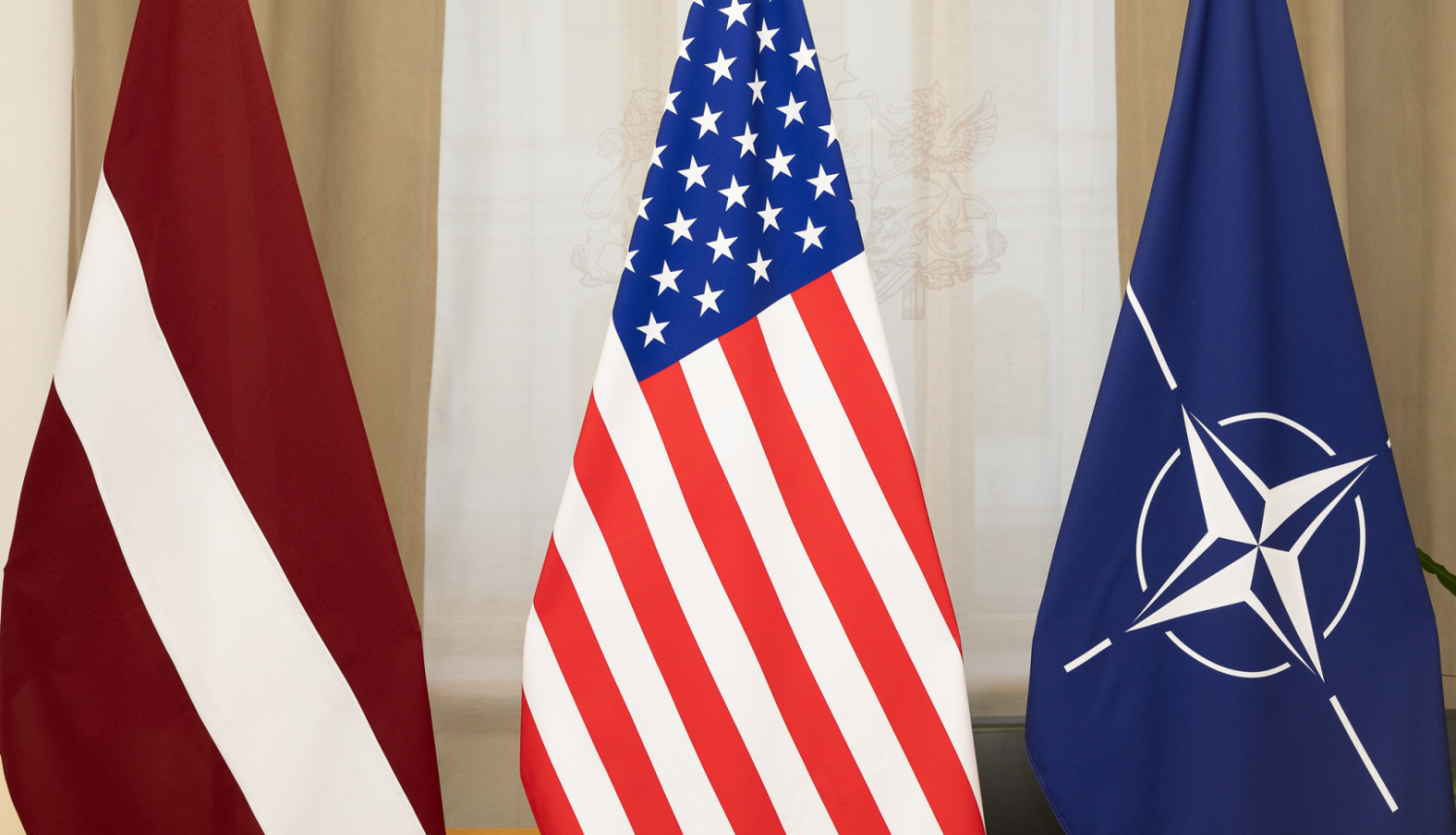










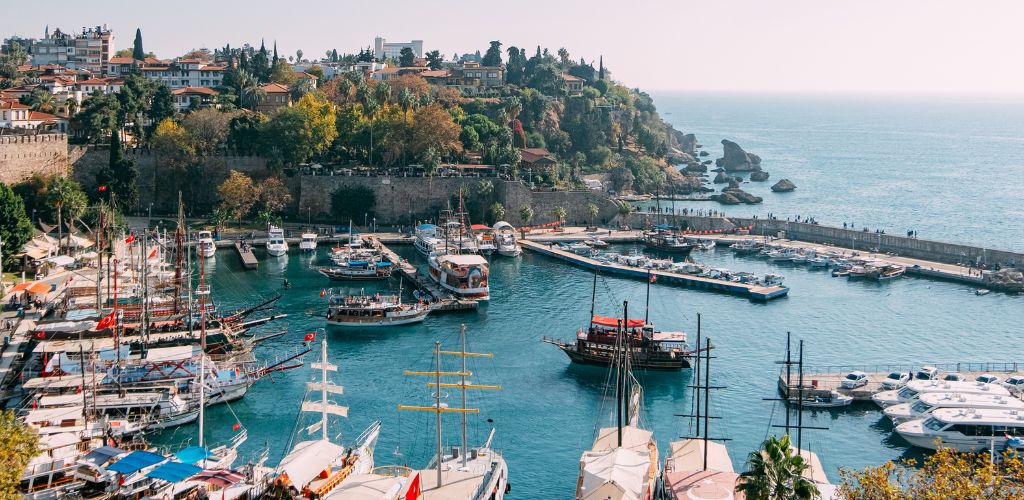
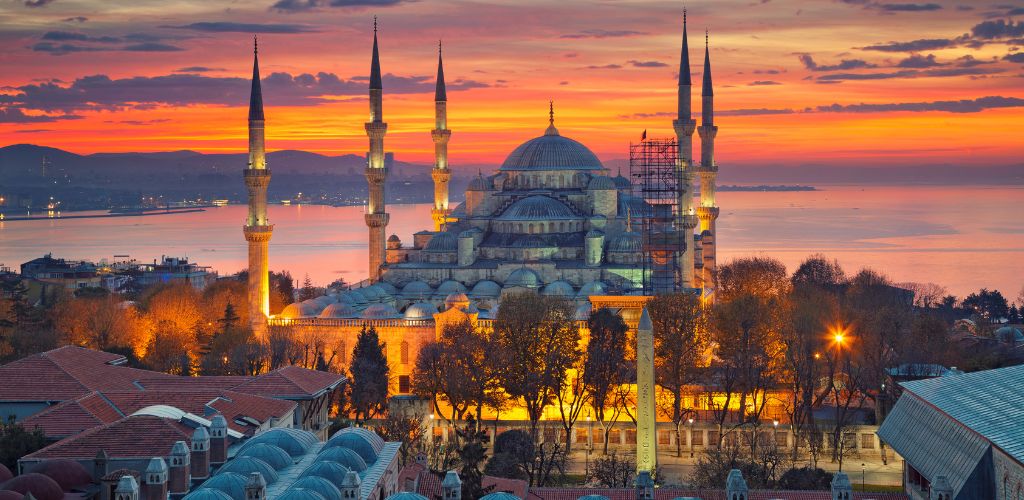
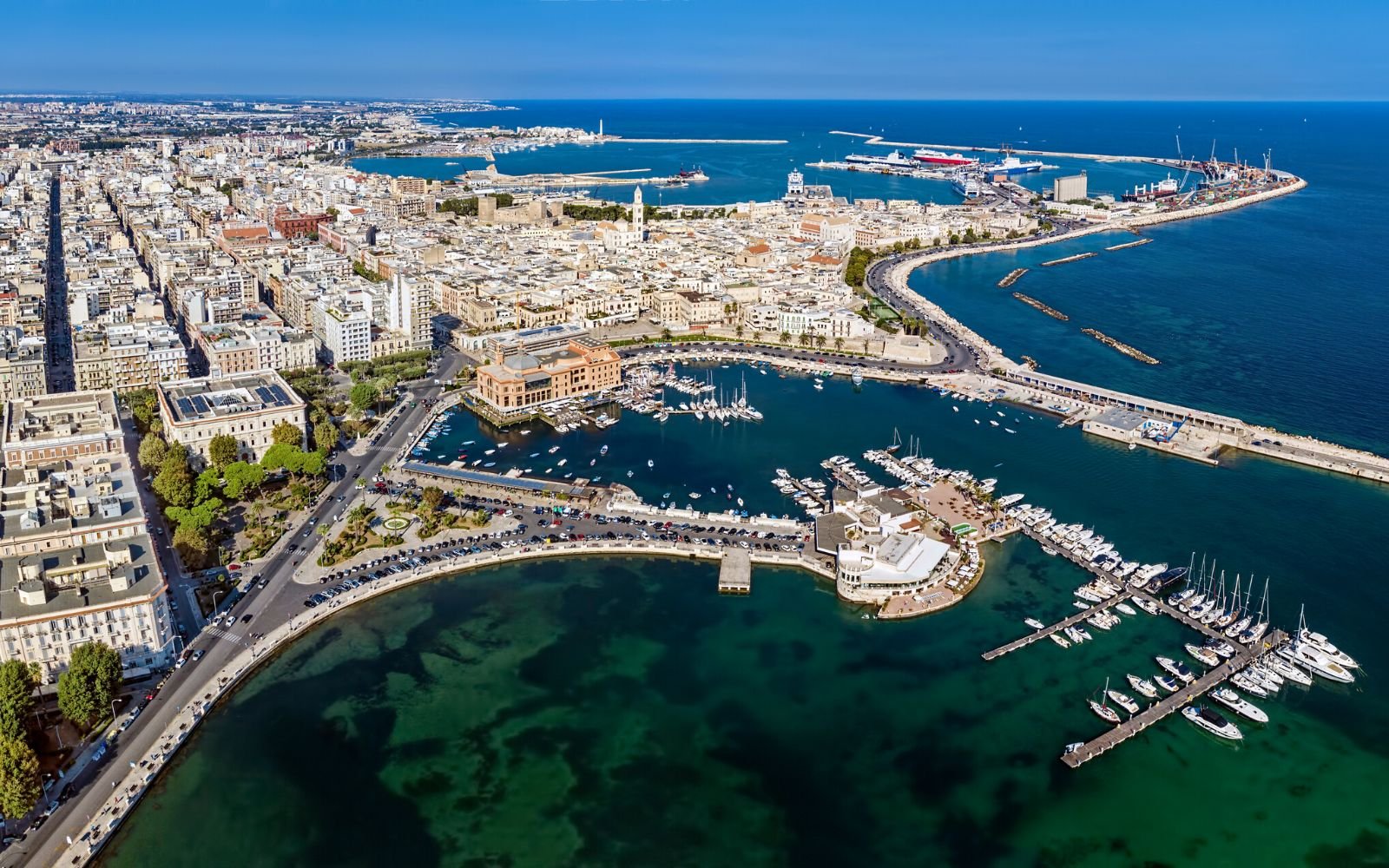
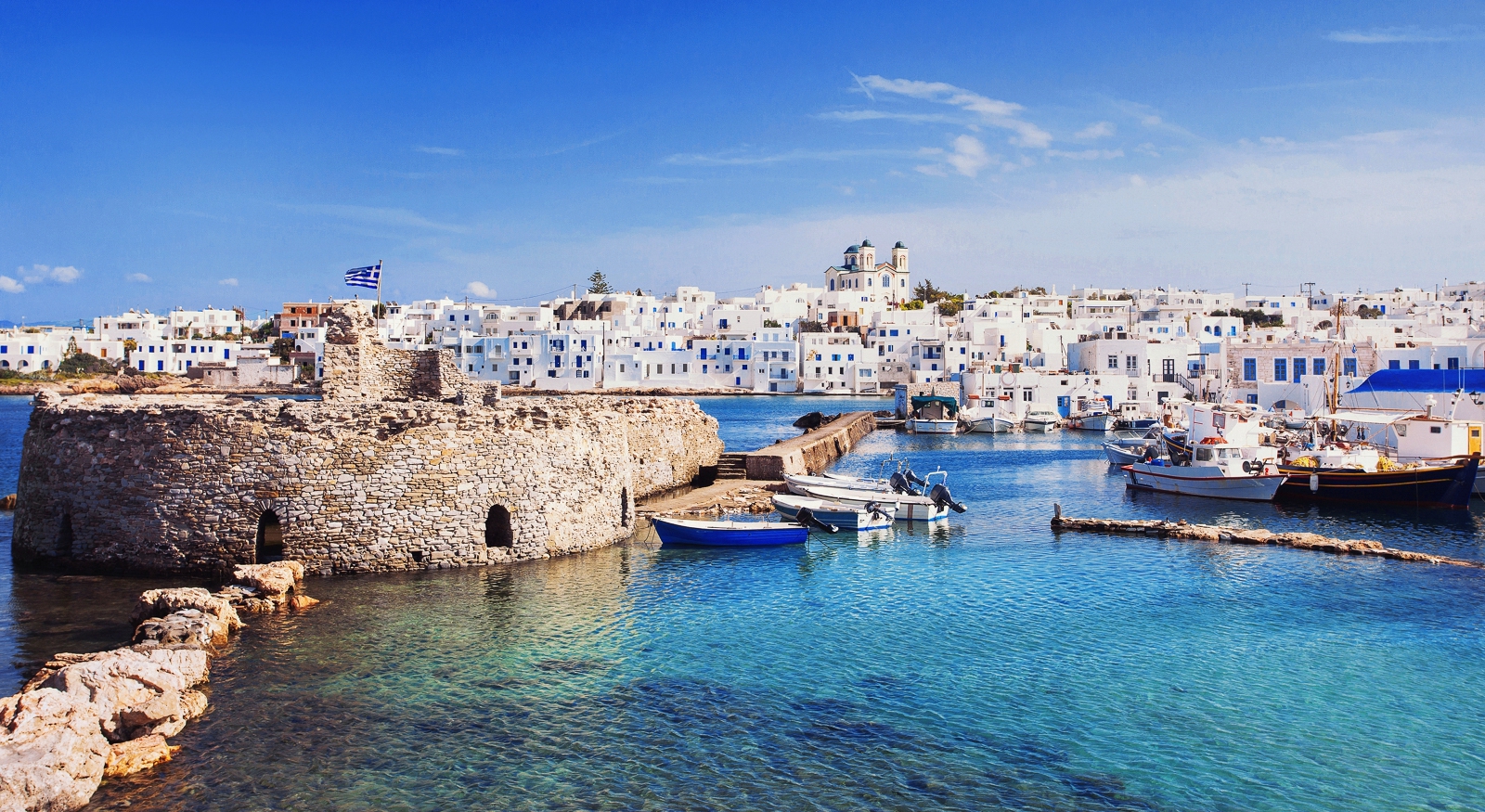




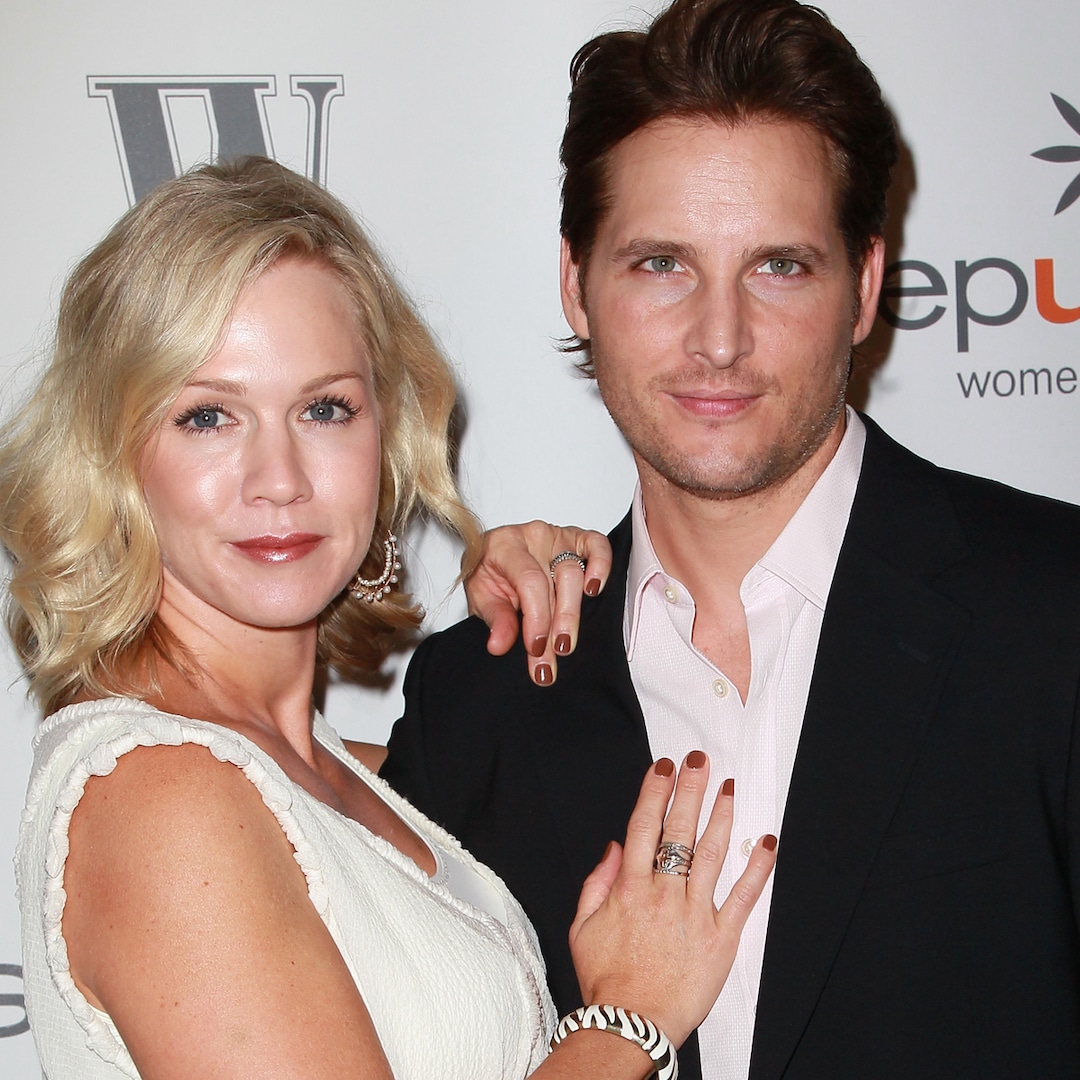
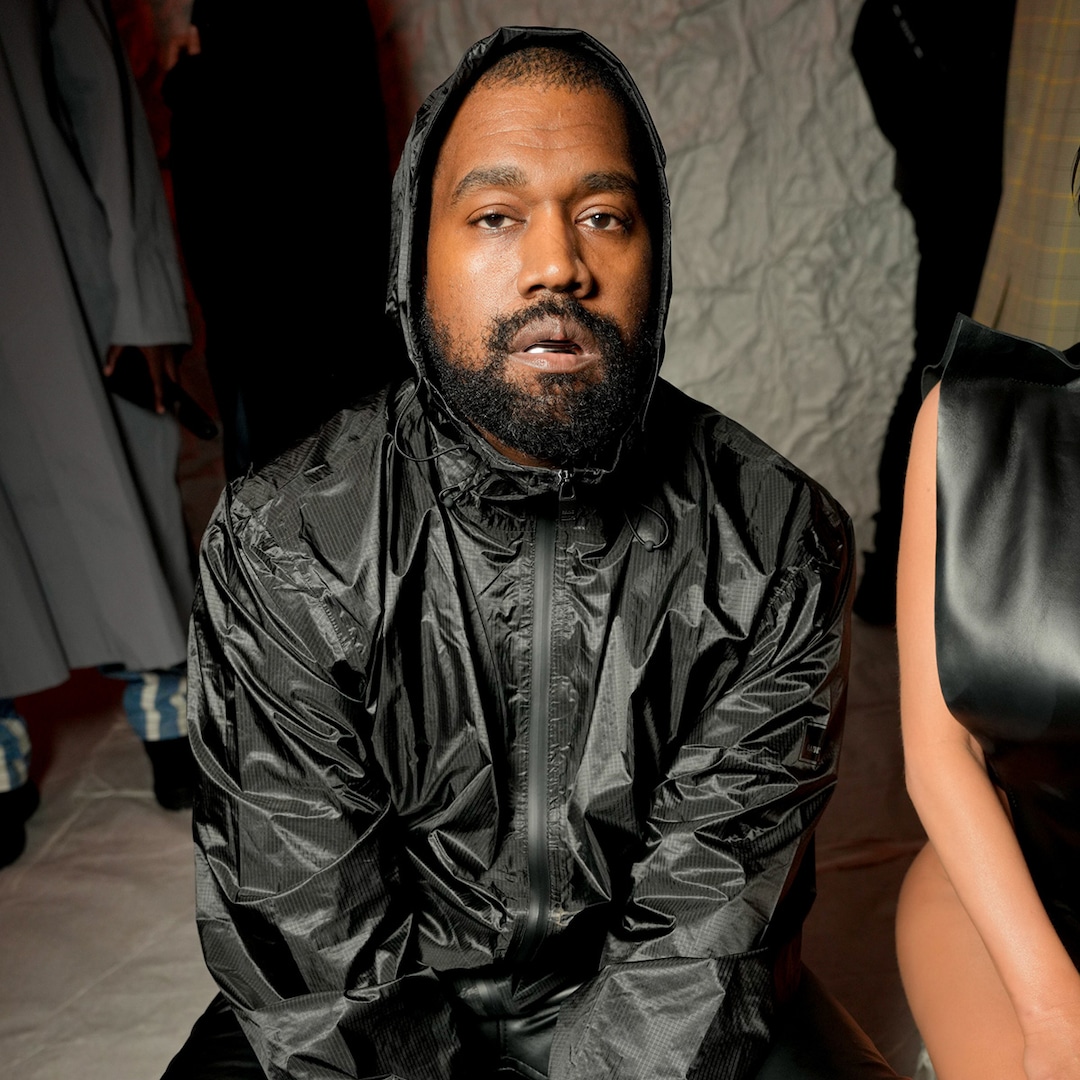
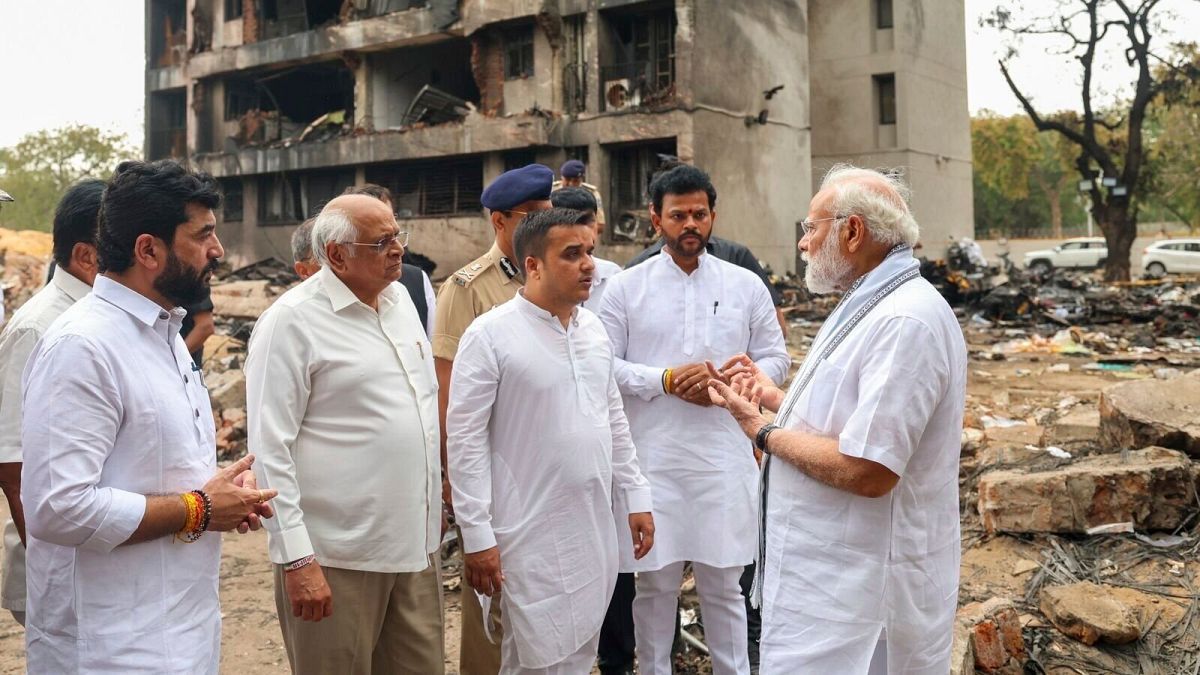







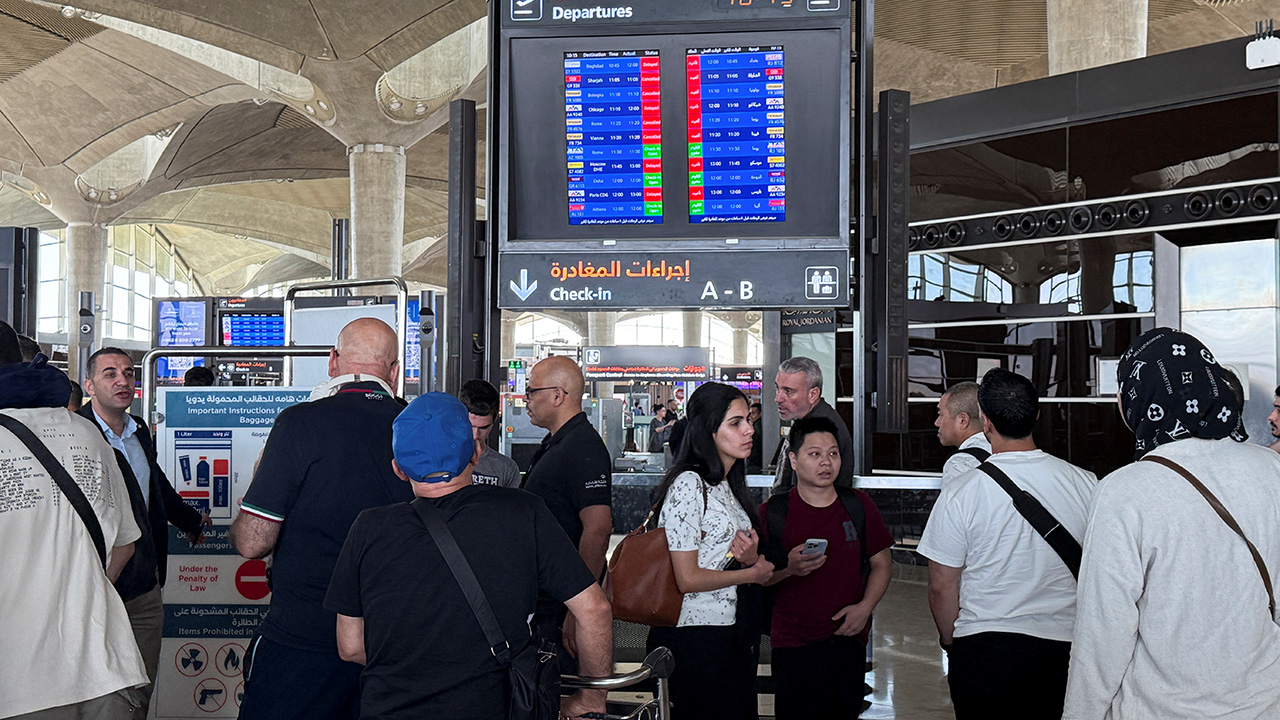

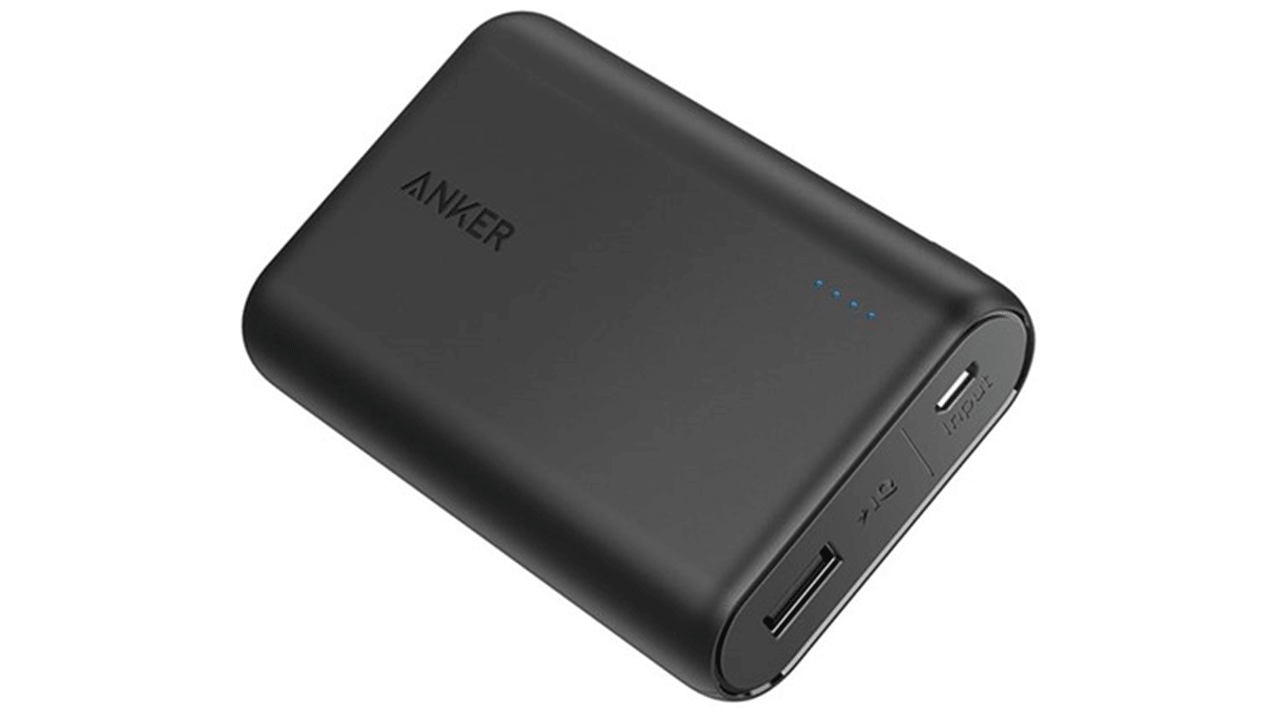


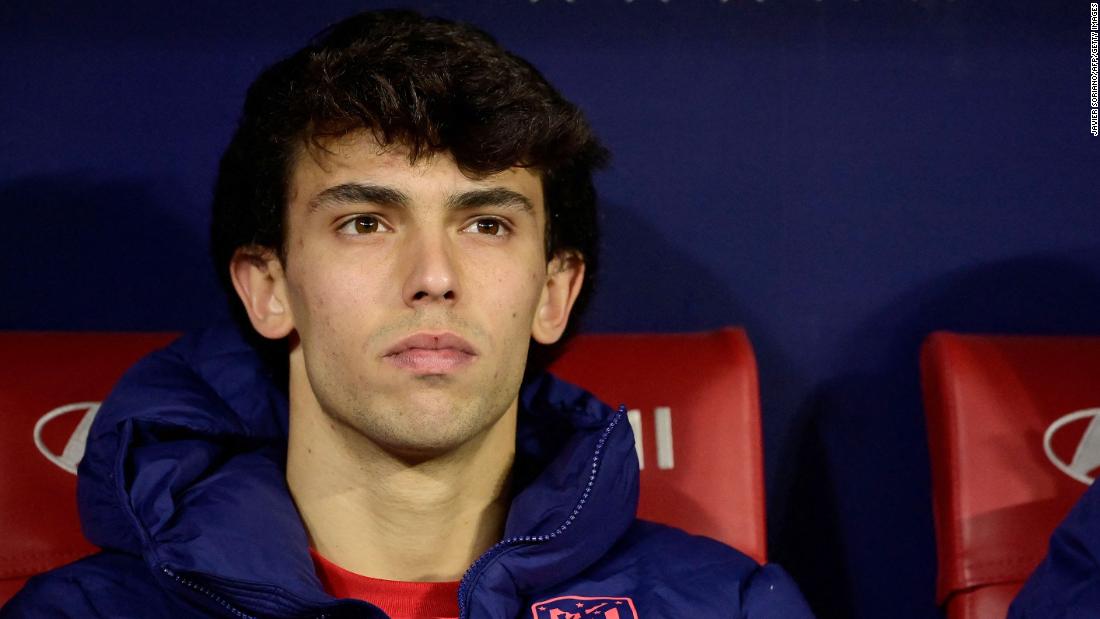

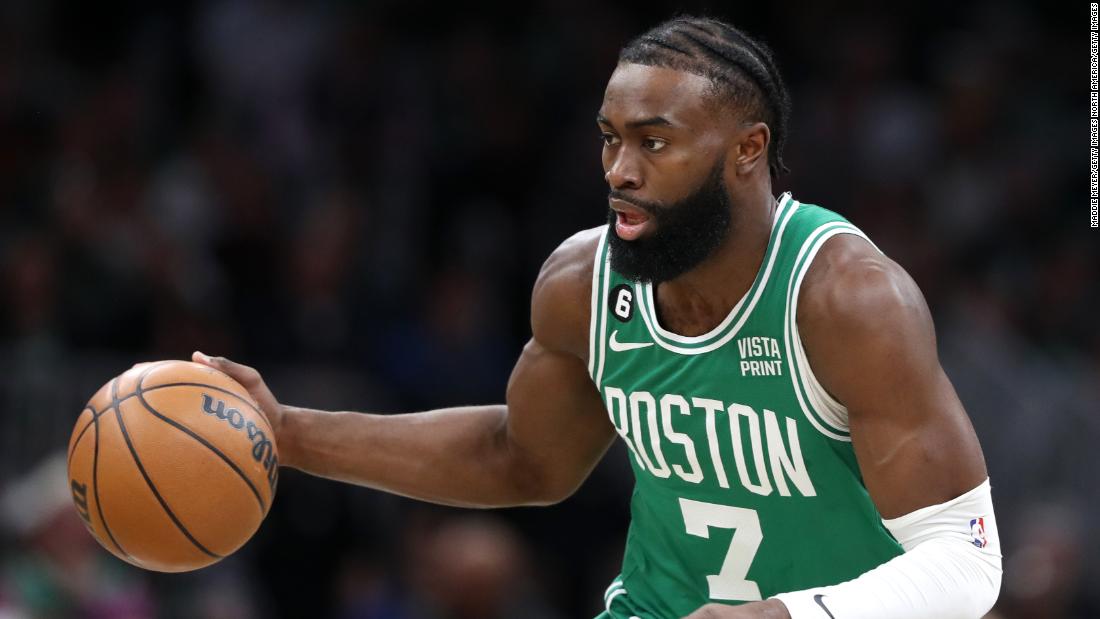
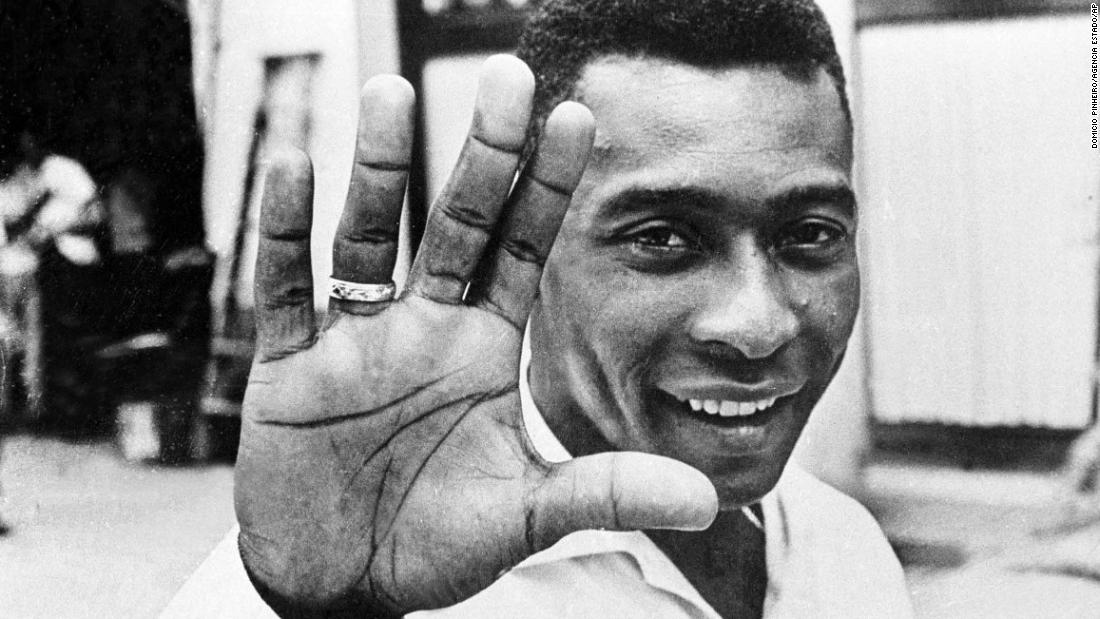
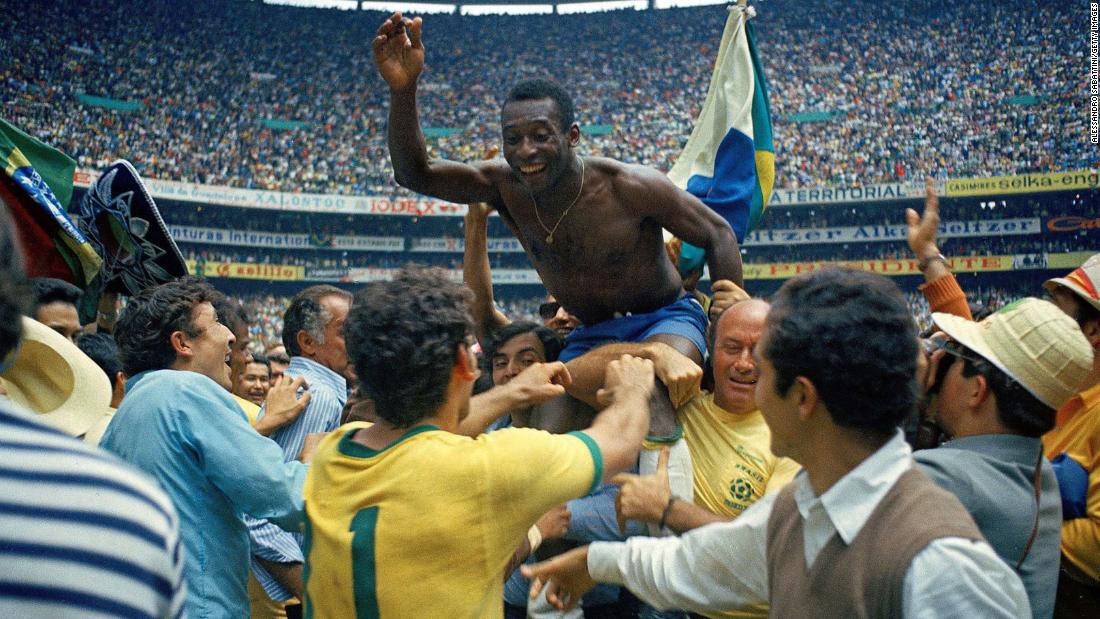



.png?Expires=1838763821&Key-Pair-Id=K2ZIVPTIP2VGHC&Signature=IO0~CT3pU-TcxGc~yoZSmoQx23MZVuK-~4jSii~NKEblRmyO3el7NXPu~Rh1o23voASg7hlcHLw4kvQuDK1jssEhcjoNBBvEpZ~GGOAU6yosBhpHpeF179F~h7i6VxmsBNh9gtTutkoqY73O2YCFey~IAqSzKbBqETP1kP9cAg1916Z1YkJJs-5MliMrkZ5d7-mWGLbpHp2wGj2VlMph8XzYlL4~y1O7fB~JdIS~Rs4RMRs2x0WT1qUIpHAsf3GdwtOyAmKFSpIg8xCyNGZZ5h~13nXlmpd7uPvW8tBfttpG9pFTqcway-uch5WyfHOEfi7UlJCOWrr6fCYY5PMgSg__)







